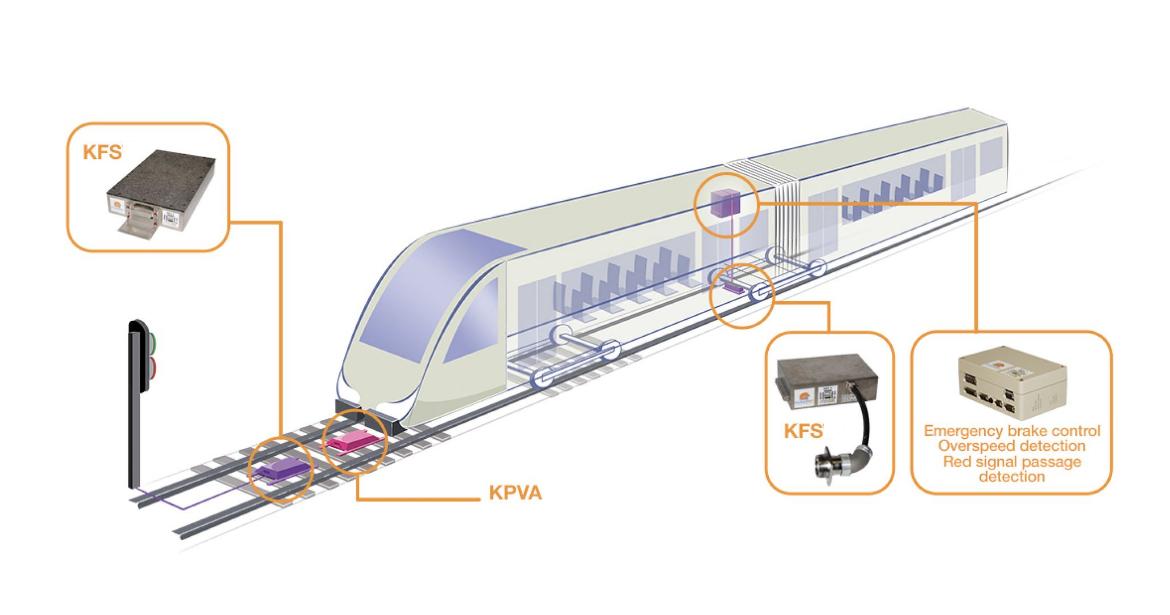Explore the Automatic Train Control Market growth, driven by rail automation, safety standards, and smart transit infrastructure across global networks.
The Automatic Train Control Market is gaining momentum as rail systems across the globe turn to digital automation for enhanced safety, efficiency, and operational reliability. As governments and private operators embrace smart mobility and sustainable transit, ATC systems are becoming central to next-generation railway infrastructure. From driver assistance to full automation, these systems are ensuring trains operate with precision and reduced human error.
Market Dynamics: Technology and Transit Trends Steering Demand
1. Growing Investments in Smart Rail Infrastructure
Modernization of railway systems is a global priority. Urban transit authorities are adopting automatic train operations (ATO), communication-based train control (CBTC), and centralized traffic management systems to meet growing passenger demand while ensuring safety and punctuality.
2. Rising Need for Passenger Safety and Efficiency
As safety becomes non-negotiable, ATC systems are being deployed to prevent human error, maintain optimal speed profiles, and ensure automatic braking in case of emergencies. Countries like Japan, Germany, and India have initiated ATC-based upgrades on key transit corridors.
3. Urbanization and Demand for High-Speed Transit
Rapid urban growth is pushing cities to develop efficient metro systems. ATC solutions optimize train frequency, enhance throughput, and minimize delays—key features for high-speed urban and intercity rail services.
4. Integration with IoT and AI-Based Monitoring
Modern ATC systems are increasingly integrated with AI for predictive maintenance and with IoT sensors to provide real-time data on train operations, track conditions, and signal performance. These integrations reduce downtime and enhance operational insight.
5. Sustainability and Energy Optimization
ATC systems play a vital role in reducing emissions by enabling smoother acceleration, regenerative braking, and automated energy-efficient driving patterns. Rail operators are prioritizing green operations to meet climate goals.
Competitive Landscape: Strategic Expansion and Innovation Lead the Race
The Automatic Train Control Market is characterized by technological innovation and strong competition among rail automation firms, signaling equipment manufacturers, and smart mobility service providers.
Leading Players Include:
-
Siemens AG
-
Alstom SA
-
Thales Group
-
Hitachi Ltd
-
Bombardier Inc (now part of Alstom)
-
Mitsubishi Electric Corporation
-
CRRC Corporation Limited
1. Investments in R&D and Digital Technology
Siemens Mobility is leading in deploying advanced CBTC systems and AI-enabled train control solutions. Alstom continues to expand its urban mobility portfolio with modular and customizable ATC solutions tailored to metro and light rail systems.
2. Public-Private Partnerships (PPPs)
Companies are collaborating with municipal governments and infrastructure funds to deliver turnkey rail automation projects. For instance, Thales has been involved in large-scale metro modernization programs in Europe and Asia.
3. Expansion Across Emerging Economies
With increased investment in transit infrastructure across Southeast Asia, Africa, and South America, major players are setting up regional hubs and local partnerships to tailor ATC solutions for unique geographies.
4. Modular and Scalable Solutions
Demand is growing for modular ATC platforms that support both brownfield upgrades and greenfield projects. Vendors are offering scalable systems that allow future upgrades to full autonomy as infrastructure matures.
Future Outlook: Autonomous Rail Systems on the Horizon
The Automatic Train Control Market is poised to experience robust growth through 2030 as full train autonomy becomes increasingly feasible. The development of driverless trains, real-time coordination across multiple lines, and centralized digital control rooms will be the next wave of transformation.
Key Future Trends Include:
-
Full ATO (Automatic Train Operation) for driverless metros
-
AI-based fault prediction and automated maintenance dispatch
-
Hybrid ATC systems compatible with legacy infrastructure
-
ATC integration with smart city transport grids and digital twins
The market will benefit significantly from global infrastructure stimulus programs and green mobility initiatives aimed at reducing traffic congestion and carbon emissions.
Related Reports You May Find Valuable:
These adjacent markets reflect the technological and digital ecosystem supporting smarter urban and transport solutions.
Conclusion
The Automatic Train Control Market is at the forefront of the rail industry’s digital evolution. With safety, efficiency, and automation at the core of modern transit planning, ATC technologies are poised to redefine how cities and nations approach mobility. As leading providers continue to innovate and governments accelerate infrastructure upgrades, the market offers vast opportunities for stakeholders. To gain deeper insights and projections, visit Market Research Future.



